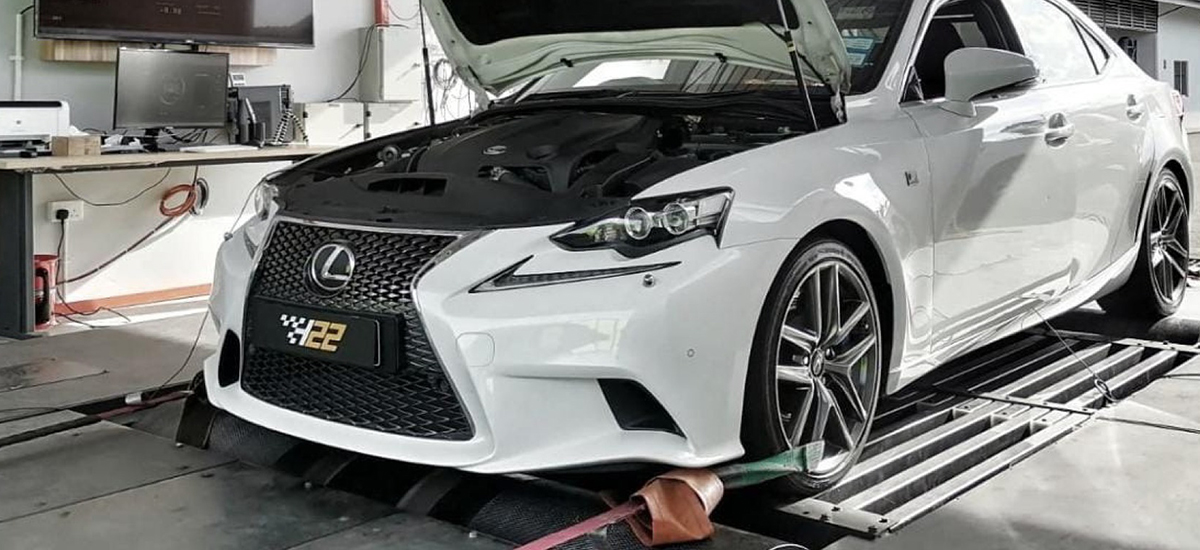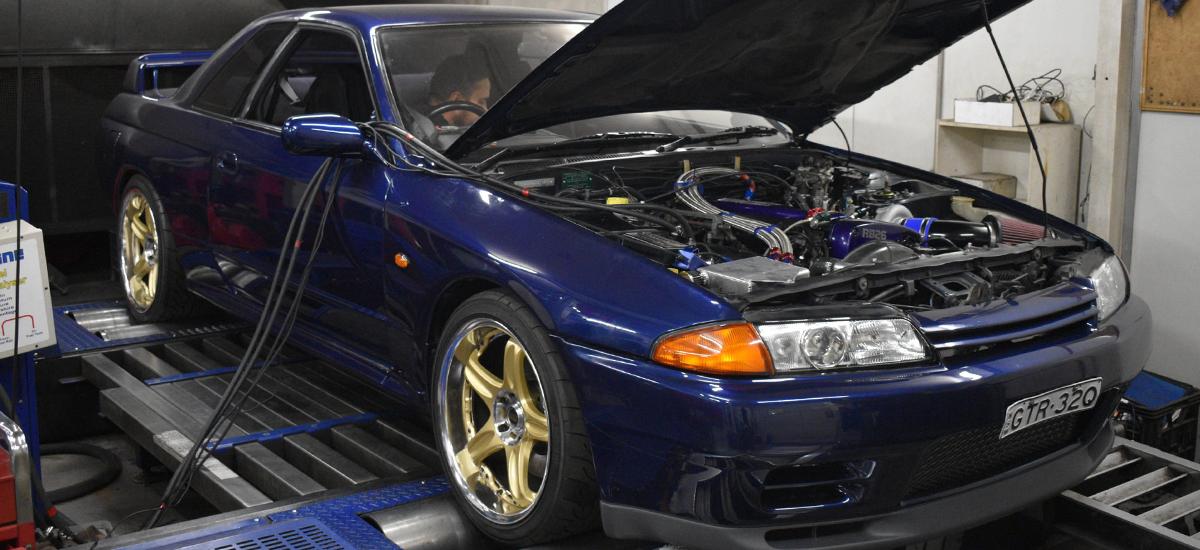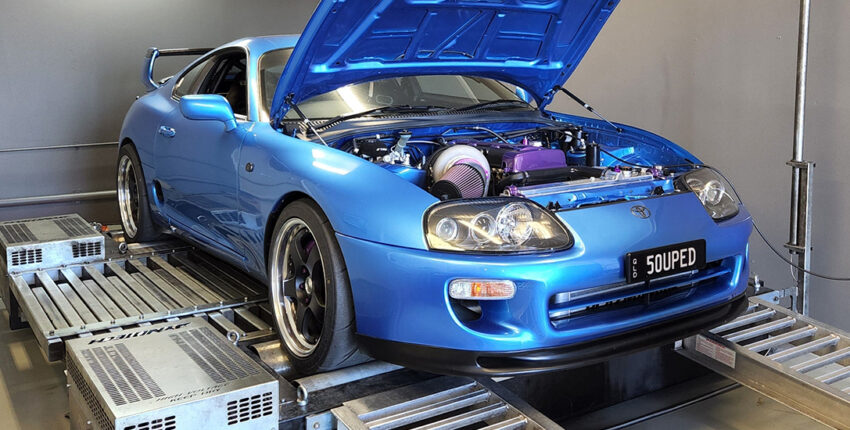If you’ve ever wondered how much performance your car really has under the hood, a dyno tuning session is the best way to find out. Whether you’re chasing horsepower, looking to optimize fuel efficiency, or just want a smoother, more responsive ride, getting your car dyno tuned is a smart move. But what exactly happens during the process? And what should you expect from your first dyno tuning session?
Let’s break it all down in this complete, easy-to-follow overview.
What Is Dyno Tuning?
At its core, dyno tuning is the process of measuring and adjusting a vehicle’s engine performance using a dynamometer, or “dyno” for short. This specialized equipment simulates real-world driving conditions while recording a wide range of data: horsepower, torque, air/fuel ratios, RPM, throttle response, and more.
The goal? To fine-tune your engine’s settings—most often the fuel and ignition maps—so that you get maximum performance gains without sacrificing reliability.
Why Dyno Tune Your Vehicle?
Modern vehicles are built with one-size-fits-all programming designed to meet emissions, fuel economy, and regulatory requirements across many regions. That means even brand-new cars can have untapped potential just waiting to be unlocked.
If you’ve added aftermarket upgrades—like a cold air intake, turbocharger, new exhaust, or camshaft—dyno tuning becomes even more critical. These modifications change how your engine breathes and performs, and tuning ensures everything works together in harmony.
Here’s what you can expect after a proper tune:
- More horsepower and torque
- Improved throttle response
- Smoother acceleration
- Better fuel efficiency
- Cleaner engine performance
Before You Arrive: What to Prepare
Just like going in for a physical, your car needs to be in solid condition before stepping onto the dyno. A tuning session is not the time to diagnose check engine lights or fix misfires—it’s about refining what already works well.
Here’s a pre-checklist before your first dyno tuning session:
- No engine warning lights: Make sure all fault codes are cleared.
- Good quality fuel: Use the octane level you plan to run daily.
- Proper tire pressure: Avoid tire slippage on the dyno rollers.
- Healthy fluids: Oil, coolant, transmission fluid—all should be topped off and clean.
- Check for leaks: Dyno operators will often refuse to run cars with oil or coolant leaks.
- Tight exhaust system: A loose or leaky exhaust can skew air/fuel readings.
Pro tip: Let your tuner know if your vehicle has any quirks or aftermarket parts that might affect the session.

The Tuning Process: Step-by-Step
So you’re checked in at the shop, your car’s warmed up, and the dyno bay is ready. Here’s a look at how the dyno tuning process typically unfolds.
1. Baseline Run
The first step is a “before” snapshot. Your car is strapped onto the dyno and run through several pulls to measure existing performance—horsepower, torque, air/fuel ratios, etc.
This baseline helps the tuner understand where your car stands and identifies areas that need improvement.
2. Data Logging & Analysis
Your car’s engine management system (either OEM or aftermarket) communicates with the dyno’s software. The tuner analyzes this data to see how efficiently the engine is operating under different conditions.
Key areas of focus:
- Fuel delivery (is it rich or lean?)
- Ignition timing (is it too advanced or too retarded?)
- Boost levels (if forced induction is present)
- Knock sensor activity (preventing engine damage)
3. Adjustments
Using specialized software, your tuner adjusts the engine control parameters to optimize performance. This is where experience matters—finding the sweet spot between power, drivability, and safety is both art and science.
Adjustments may include:
- Fuel maps
- Ignition timing
- Variable valve timing (VVT)
- Boost control (if applicable)
- Rev limiters and launch control (in performance builds)
4. Retesting
After each round of adjustments, the car is run again to measure the effects. This iterative process continues until optimal results are achieved—balancing power gains with safe engine operation.
5. Final Results
Once tuning is complete, your tuner will provide a final readout showing your new horsepower and torque numbers, often including a comparison graph to your baseline.
You’ll walk away with a clearer picture of your car’s true capabilities—and a bigger smile when you hit the gas pedal.
How Long Does It Take?
Most tuning sessions take 2 to 4 hours, though highly modified vehicles may require more time, especially if they have complex engine setups or software that needs unlocking.
Some shops may ask you to leave the car overnight if your build is extensive or if additional diagnostics are needed.
Street vs. Dyno Tuning: What’s the Difference?
While dyno tuning is done in a controlled environment, street tuning involves live adjustments while driving the car on actual roads. Some tuners use a hybrid approach, fine-tuning wide-open throttle (WOT) on the dyno and adjusting part-throttle drivability on the street.
At ASAP Automotive Service & Performance, we typically begin with a dyno session to safely test your car under full load without risking tickets, traffic, or weather interruptions. In some cases, we may recommend supplemental street tuning afterward to ensure smooth operation in real-world conditions.
Will Tuning Hurt My Car?
Not when done right. In fact, a proper tune improves your engine’s efficiency and can extend its lifespan by preventing lean conditions, detonation, and poor fuel delivery.
However, DIY tuning or using generic “canned” maps from the internet without proper data logging is risky. Always trust an experienced shop with professional equipment and proven tuning experience—like the ASE-certified team at ASAP Automotive.
What Results Should You Expect?
Every car is different, and results depend on the condition of your engine, the quality of your parts, and how aggressive the tune is.
That said, here’s a general idea of what people see after their first dyno tuning session:
- Stock cars: 5–15% power gain
- Bolt-on mods: 10–25% power gain
- Turbocharged/Supercharged: 20–50%+ gain (especially after tuning for boost and fuel delivery)
Beyond numbers, drivers often report a night-and-day difference in throttle response, smoother acceleration, and better fuel economy during normal driving.
How Often Should You Tune?
Most vehicles only need a dyno tune once—unless you change something major, like adding forced induction or upgrading internal engine parts. However, periodic check-ups can ensure your tune remains dialed in as sensors age and parts wear over time.
For performance builds, an annual check-up is a good habit—especially before racing season or long-distance driving.

Ready to Unlock Your Car’s True Potential?
A dyno tune isn’t just for racers or car enthusiasts—it’s for anyone who wants their vehicle to run its absolute best. At ASAP Automotive Service & Performance in Springdale, AR, we combine 15+ years of experience, cutting-edge tools, and a true passion for performance to help your vehicle reach new heights.
Whether you drive a daily commuter, weekend warrior, or full-blown project car, our ASE-certified technicians are here to guide you through the process with transparency and precision.
Ready to schedule your first dyno tuning session? Call ASAP Automotive Service & Performance today, or stop by our shop in Springdale and let’s talk about how we can unlock every ounce of performance your car was meant to deliver.

